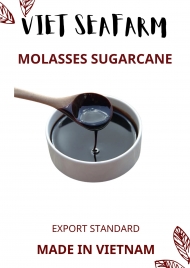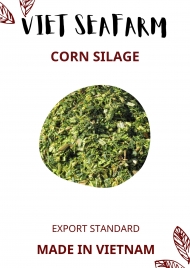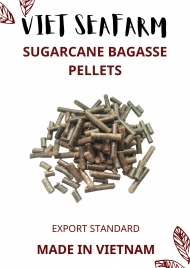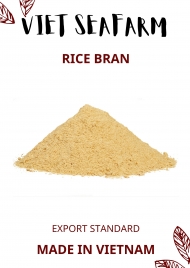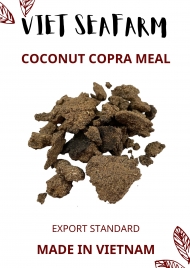Learn the intricacies of producing protein-rich fish meal
Fish meal stands as a crucial ingredient in animal nutrition, tailored in diverse ways to meet the specific dietary requirements of various animals. This article unravels the intricate process involved in producing fish meal with a protein content ranging between 50-65%, shedding light on the methods employed to craft a potent protein supplement for both terrestrial and aquatic livestock.
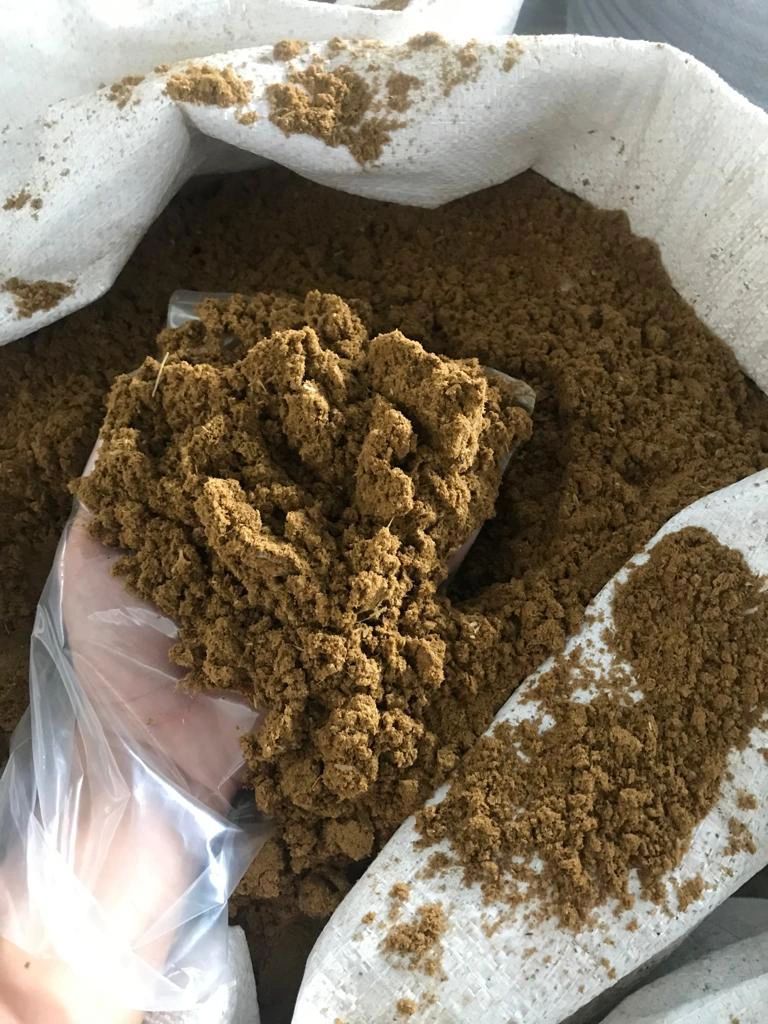
1. Selecting High-Protein Fish:
Commencing the process involves the careful curation of fish species rich in protein content. This initial step is pivotal in laying the foundation for producing fish meal with the desired nutritional composition.
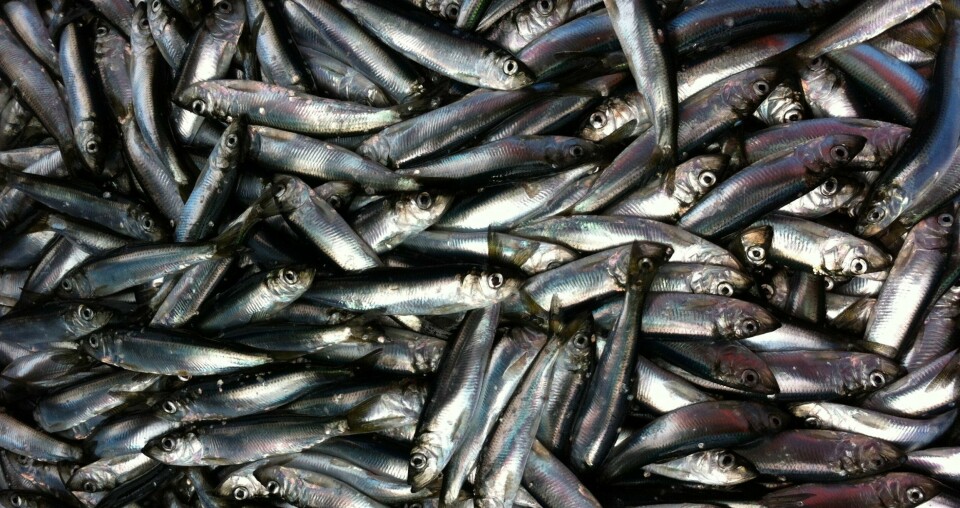
2. Sorting and Preparation:
Upon arrival at the processing facility, the raw fish material undergoes meticulous sorting and preparation. This phase involves the removal of undesirable elements, ensuring that only high-quality fish contribute to the final product.
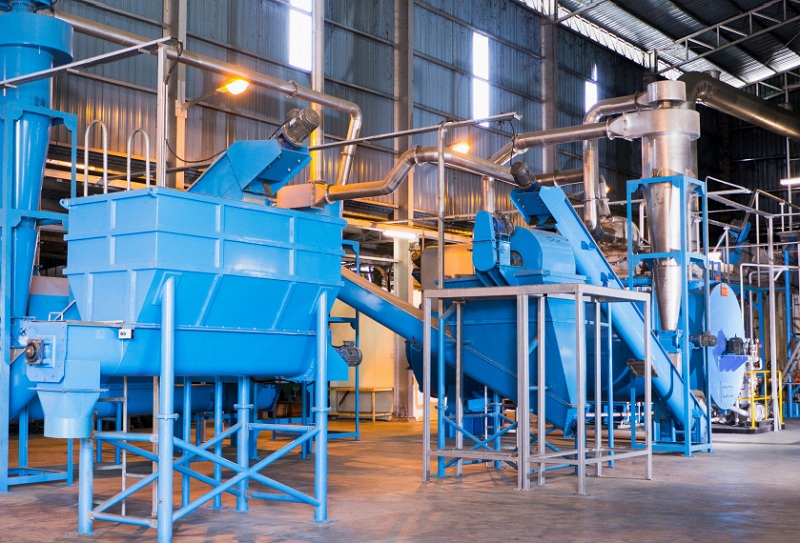
3. Cooking and Extraction:
The sorted fish are then subjected to the cooking and extraction stage. Cooking methods, often utilizing steam, separate the oil and liquid components from the solid matter. The subsequent extraction process concentrates the protein content by removing excess moisture and oil.
4. Drying:
Following extraction, the fish solids progress to the drying stage. Employing methods such as hot air or indirect steam, this step reduces the remaining moisture content, intensifying the protein concentration and yielding fish meal with a protein content ranging between 50-65%.
5. Grinding and Milling:
Once dried, the fish meal undergoes grinding and sizing to achieve the desired particle dimensions. Ensuring uniformity in particle size is critical for effective integration into animal feed formulations.
6. Protein Content Verification:
A rigorous quality control process is implemented to validate and ensure the targeted protein content (50-65%) in the final fish meal product. Utilization of laboratory testing methods serves to confirm the nutritional integrity of the meal.
7. Storage and Packaging :
(1).jpg)
The final fish meal is meticulously stored to preserve its quality. This involves employing storage methods that shield the meal from factors such as moisture and oxidation. Additionally, the packaging materials and processes are designed to maintain the nutritional value of the end product.
8. Sustainability and Traceability:
Emphasizing a commitment to sustainability, the production process incorporates responsible sourcing and waste reduction measures. Furthermore, traceability systems are employed to track the origin and journey of the fish meal, fostering transparency and accountability.
The production of fish meal with 50-65% protein content is a nuanced process, spanning from the careful selection of raw materials to stringent quality validation. Serving as a vital protein source, this variant of fish meal plays a pivotal role in meeting the nutritional demands of both terrestrial and aquatic animals. With an unwavering commitment to sustainability and quality assurance, the industry continually evolves, ensuring a reliable and nutrient-rich feed supplement for animals worldwide.
Contact us for more information:
Viet Seafarm Company
Ms.Helen (Sales Executive)
Mobile: (+84) 352 305 610 (WhatsApp,...)
Email: Export3@vietseafarm.com.vn
Tel: +84 28.62985557 Fax: +84 28. 62985657
THANKS AND KIND REGARDS
Views: 569

.png)
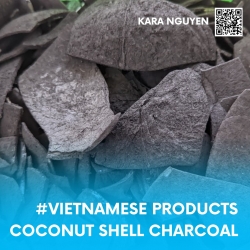
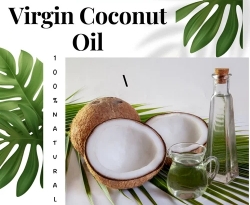
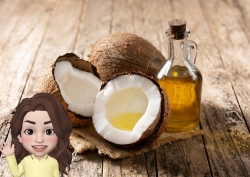
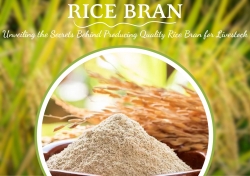
.png)
.png)
.png)

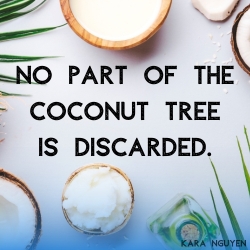
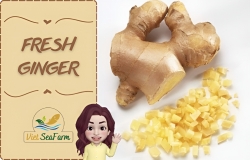
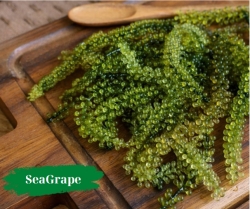
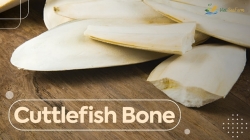
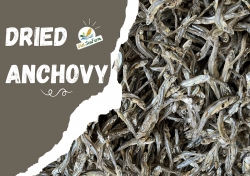
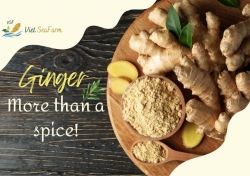
.png)
.png)

